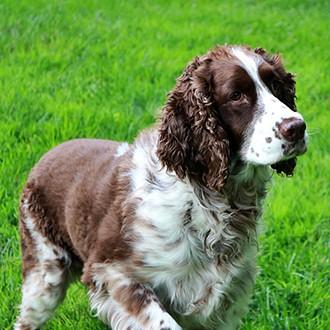
Gun dog training is more than just teaching commands and honing field skills. If one wants to excel, the communication between the handler and the gun dog must be clear and consistent. One of the most effective ways to build this level of connection is understanding gun dog body language. Reading the subtle cues and nuances of the gun dog will help you anticipate their next move and gauge their emotional and physical state. When you accomplish this, you can improve the training experience and achieve better results.
Why Body Language Matters in Gun Dog Training
A gun dog’s body language is a powerful indicator of their stress levels, excitement, confidence, and focus. Like humans, dogs express their feelings nonverbally well before responding to verbal cues or training commands. When you understand these signals, you’ll be able to:
- Prevent Miscommunication – By recognizing early signs of confusion or discomfort, you can adjust your approach before your dog becomes anxious or loses interest.
- Strengthen Your Bond – Responding appropriately to your gun dog’s subtle cues fosters trust and makes your training sessions more enjoyable for both of you.
- Enhance Safety – In the field, a split-second decision can make a huge difference. Knowing when your dog is tense or overly excited can help you manage potentially risky situations more effectively.
Key Aspects of Your Gun Dog’s Body Language
Here are the things you should look out for.
Ears
- Forward and Upright: Indicates keen interest, alertness, or excitement. Your gun dog has likely detected a scent, heard movement, or is anticipating a command.
- Flattened or Turned Back: This could signal fear, submission, or stress. However, some dogs pull their ears back when enthusiastically greeting their handler, so it’s important to consider the context.
Tail
- High and Wagging: Often means excitement or high energy. In the field, this can signify that your dog has scented game or is eagerly awaiting the next action.
- Tucked or Low: Suggests insecurity, fear, or stress. If your gun dog’s tail posture changes mid-training, they might be confused, tired, or overwhelmed.
Posture and Stance
- Confident and Balanced: A dog with a level back, head held high, and tail at a neutral or slightly elevated position is typically focused and poised for action.
- Crouched or Hunched: Indicates anxiety, fear, or uncertainty. Pay attention if your dog starts to lower their body posture when they should be actively seeking game. They may need reassurance or a break from the session.
Facial Expressions
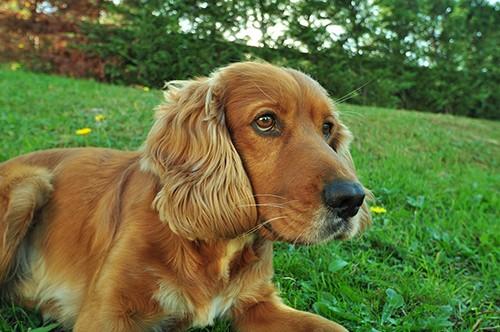
- Soft Eyes, Relaxed Mouth: Suggests comfort and attentiveness, indicating your gun dog is ready to work but not stressed.
- Tense Jaw, Hard Stare: May signal overstimulation or frustration. If accompanied by stiff body language, it can be a precursor to reactive behavior.
Vocalizations and Breathing
Steady Panting: Normal, especially during intense exercise or on warm days.
Heavy Panting or Whining: Might signal anxiety, excitement overload, or physical fatigue. Consider giving your dog a short break or water if they seem overly stressed or winded.
Interpreting Body Language During Field Training
Recognizing Early Signs of Fatigue
Fieldwork can be physically and mentally demanding for any gun dog. A trainer must be able to recognize subtle signs that the dog may be tiring. Pay close attention to shifting weight from foot to foot, slow pacing, or excessive panting. These are indicators that your gun dog is experiencing fatigue. You might also notice your dog losing focus on commands or showing reluctance to move.
When you see these signs, it’s time to pause and give your companion a chance to recover. Take a break. Give them some food and water. Assess their condition before continuing training for the day. Overworking your gun dog can lead to muscle soreness, joint strain, and even injury. You’d want to avoid this. By taking these early signs seriously and providing timely rest, you can safeguard your dog’s well-being.
Identifying Overexcitement
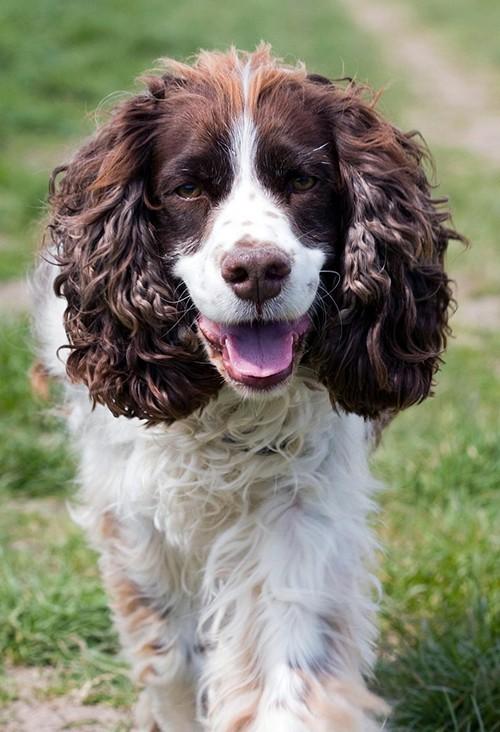
Overexcitement can be just as challenging for a gun dog as fatigue. When a dog becomes overly stimulated—often indicated by rapid tail wagging, forward-facing ears, and excessive barking or whining—they may struggle to listen and react appropriately in the field. In this overexcitement state, impulsive behavior is more likely to occur, such as chasing off-target birds or ignoring essential commands.
A solid background in obedience training is key here. You can address these signals early by incorporating brief calm-down exercises. Something as simple as a structured sit-stay next to you—combined with calm verbal praise—can help your dog refocus and regain control of their enthusiasm. Using a placeboard can help. This short pause in the action allows your dog to reset mentally and allow them to refocus.
When to Change Tactics
Training sessions are most productive when your gun dog clearly understands the tasks at hand. If you notice signs of confusion—like a furrowed brow, frequent head tilts, or repeated glances toward you—it’s a strong indication that your dog needs additional guidance or a simplified version of the drill.
Pushing through despite these signals without adjusting your approach can lead to frustration for both the trainer and the gun dog. Instead, consider breaking down the exercise into smaller steps. Demonstrate the action more slowly or reinforce key aspects of the command. Acknowledging your dog’s confusion and adapting your training strategy will let you foster a supportive environment that encourages steady growth. This is much better than overwhelming your gun dog with tasks they’re not yet ready to master.
Tips for Becoming Fluent in Your Gun Dog’s Body Language
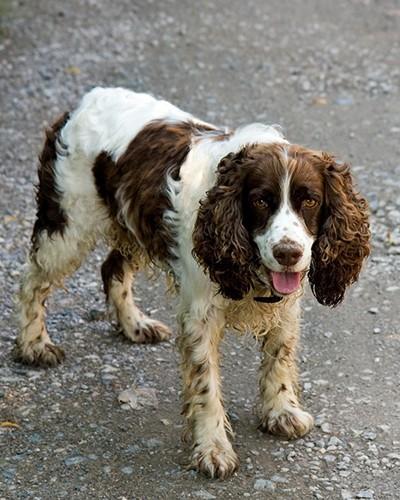
Observe in Different Contexts
Watch your gun dog at home, during casual play, and in structured training sessions. Note how their posture or expression changes across different environments. This will help you identify what’s normal and what’s a sign of stress or confusion.
Use Positive Reinforcement
Rewarding desired behavior and calm signals encourages your dog to maintain focus and confidence. Praise, treats, and play are excellent ways to reinforce positive emotional states.
Be Consistent with Commands
Consistency in your cues (verbal, whistle, or hand signals) allows your dog to remain calm and confident. Inconsistent or unclear commands will often manifest in the dog’s body language as confusion or anxiety.
Practice Patience
Body language interpretation is a skill that takes time to develop. Stay patient and give your dog the chance to express themselves naturally. Over time, you’ll learn to pick up the subtleties that differentiate excitement from anxiety.
Seek Professional Feedback
If you’re struggling to read your gun dog’s signals or encounter persistent behavioral challenges, consult with an experienced gun dog trainer. A second set of eyes can help spot minor cues you might be missing.
Understanding Gun Dog Body Language for Effective Training
Understanding your gun dog’s body language is a cornerstone of effective gun dog training. When you can accurately interpret their signals, you build a stronger partnership rooted in trust and mutual respect. Remember that every dog is unique; your dog may show excitement or anxiety differently than others in the field. By paying close attention, maintaining patience, and adapting your approach based on your gun dog’s body language, you’ll set the foundation for a successful, rewarding hunting and training experience together.
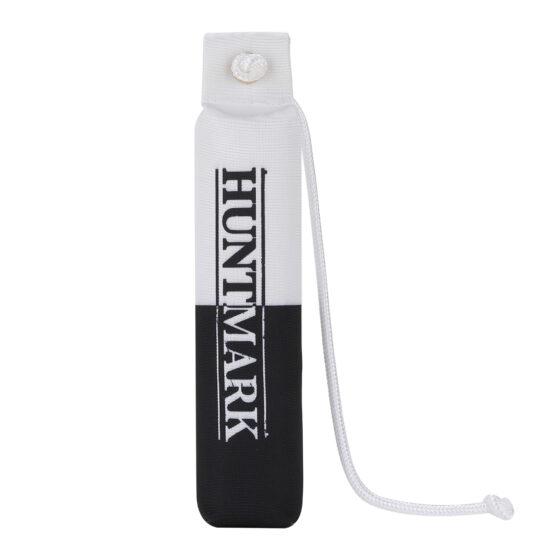
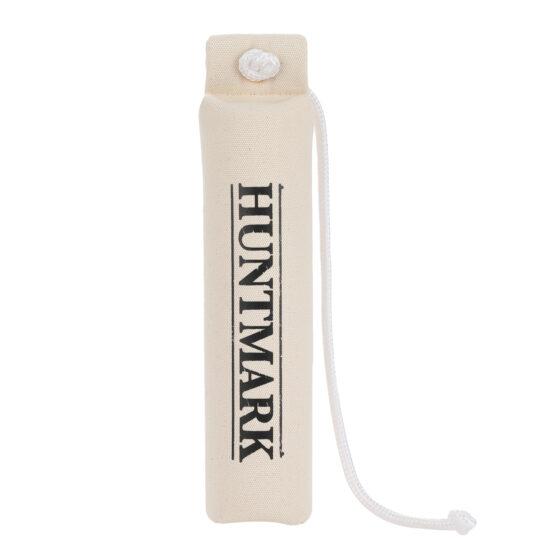
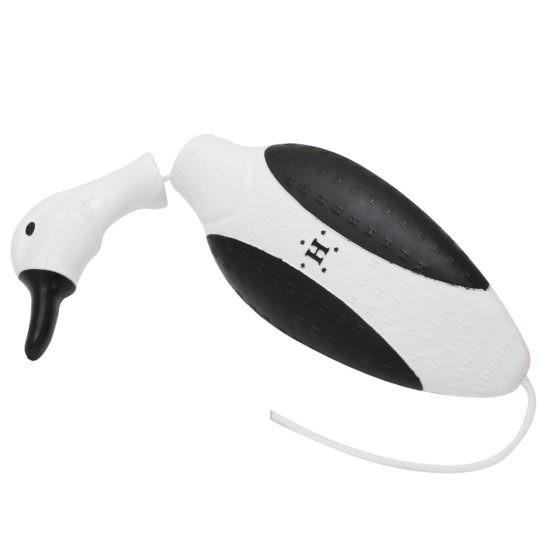




Leave a Reply